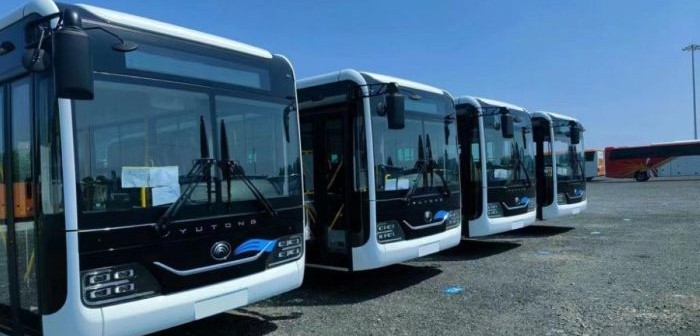(3 Minutes Read)
The City of Kigali has initiated an ambitious project to upgrade 11 major road junctions and improve infrastructure for non-motorized and electric mobility. This effort aims to alleviate traffic congestion and encourage sustainable urban transport.
Key junctions earmarked for enhancement include Chez Lando, Gishushu, Kicukiro/Sonatubes, Gisozi (Kinamba), Nyabugogo, Rwandex, and Kibagabaga. The planned improvements include dedicated lanes for buses and cyclists, pedestrian-friendly bridges, and better access for individuals with disabilities.
Chez Lando will feature an underpass for traffic heading to the airport, while Gishushu junction will have a 500-meter flyover bridge. The Sonatubes junction is set to include an underpass connecting the Ministry of Health to Rwanda Tourism University College.
Urban mobility expert Julien Allaire emphasized the importance of prioritizing public transport and pedestrians in these developments. He noted that bus lanes can accommodate significantly more people than private vehicles in the same space. While he commended Kigali’s pedestrian initiatives, he expressed concerns about the practicality of overhead bridges, which he argued could disadvantage walkers.
Dedicated Bus Lanes (DBLs) are central to Kigali’s future mobility plans, with a pilot system planned along the CBD-Rwandex-Sonatubes-Giporoso route. Experts like Alphonse Nkurunziza and Chris Kost pointed out the potential benefits of this system in terms of travel time, reliability, and economic productivity. Kost called for the implementation of a comprehensive Bus Rapid Transit (BRT) network to maximize these advantages.
Read Also:
https://trendsnafrica.com/tesla-model-y-in-rwanda-a-game-changer/
Looking toward 2035, Allaire warned that with the number of cars increasing by over 10% annually, Kigali must invest in a high-capacity public transport system to meet future demand. He quoted former Bogotá Mayor Enrique Peñalosa, stating, “An advanced city is one where the rich take public transport.” Kigali’s transport transformation could serve as a model for other African cities aiming for greener, more inclusive urban development.





